Largest CT core scan completed at the BGS Core Scanning Facility
BGS has completed its largest CT core scan project to date, with around 400 m of core imaged for the IODP Drowned Reefs project.
09/05/2024 By BGS Press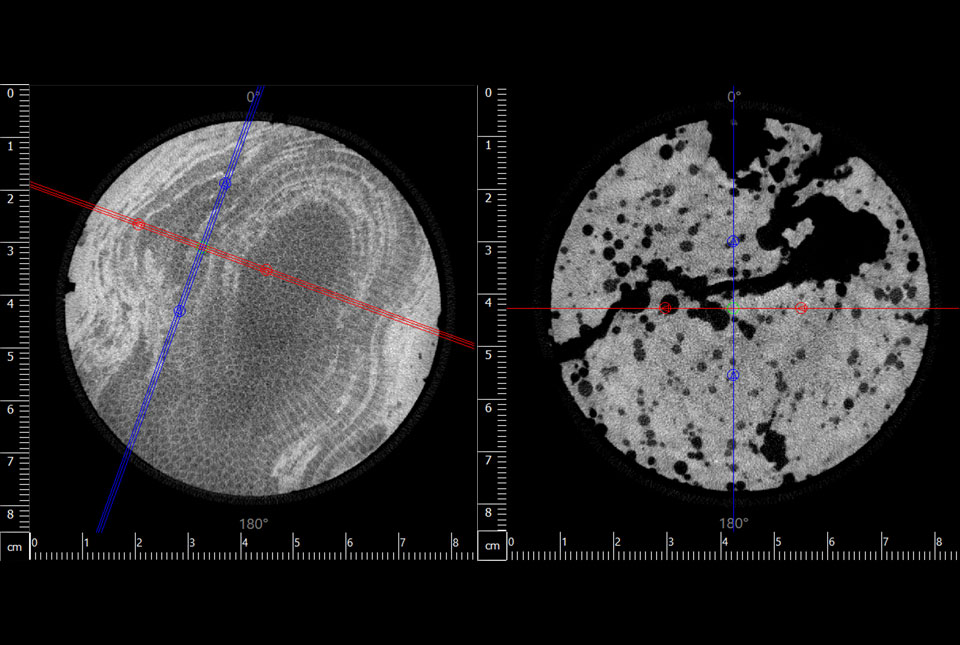
The Core Scanning Facility (CSF) at BGS has successfully completed the largest computed tomography (CT) core scanning project at this facility to date. Approximately 400 m of core from the International Ocean Discovery Program (IODP) Expedition 389: Hawai’ian Drowned Reefs project was scanned through the rotating X-ray CT (RXCT) core scanner to produce a three-dimensional X-ray image of the core.
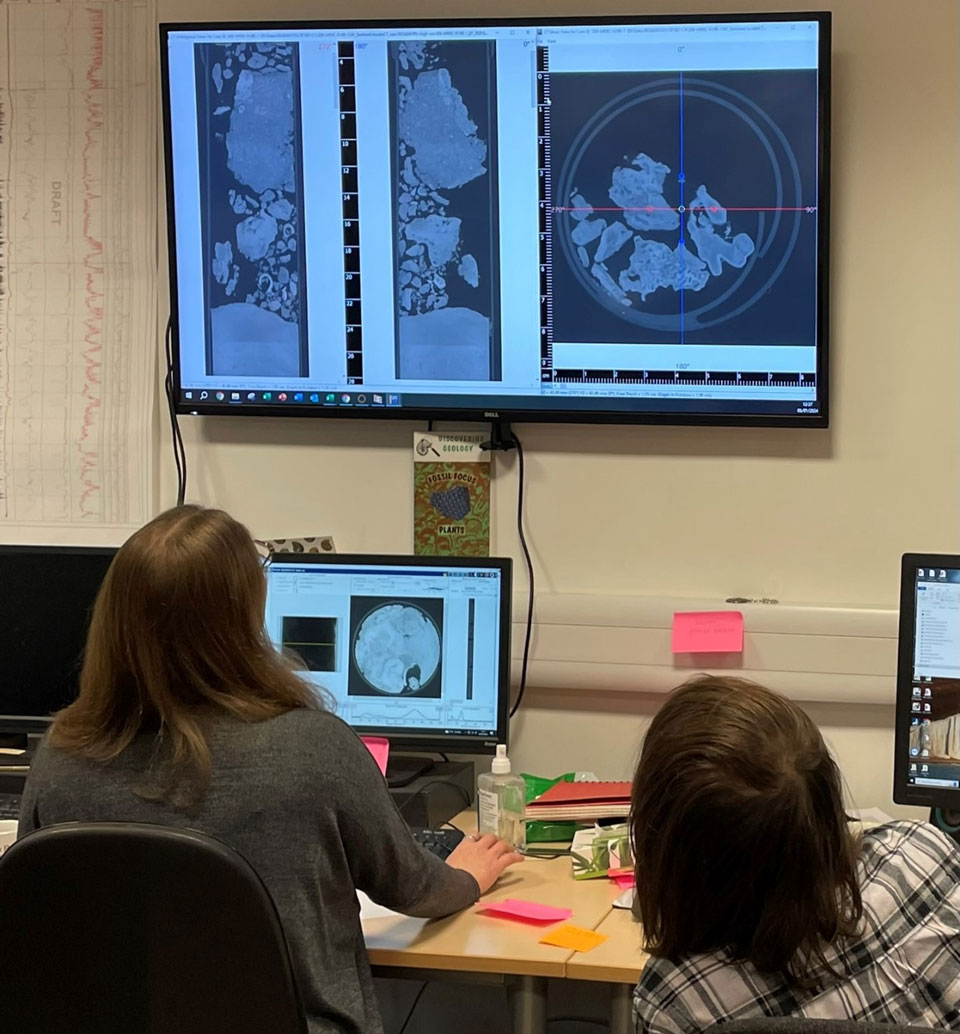
CSF staff, Elisabeth Steer (left) and Owen Rathbone (right), viewing the CT imagery after it is being reconstructed. © Marisa Rydzy, ECORD/IODP.
IODP is an international marine research programme that explores Earth’s history and structure that has been recorded in sea-floor sediments and rocks, and monitors sub-seafloor environments. Expedition 389 focuses on the submerged fossil reefs off the coast of Hawai’i where changes in sea level and global climate are preserved in a greatly expanded and near-continuous fossil coral record covering the last half a million years.
The core samples from the expedition were transported in large, refrigerated containers and kept at 4°C. A coordinated operation involving BGS’s estates, goods-in and Core Store teams, in addition to a telehandler and forklifts, were deployed on arrival to unload the core and move the stillages prior to being scanned.
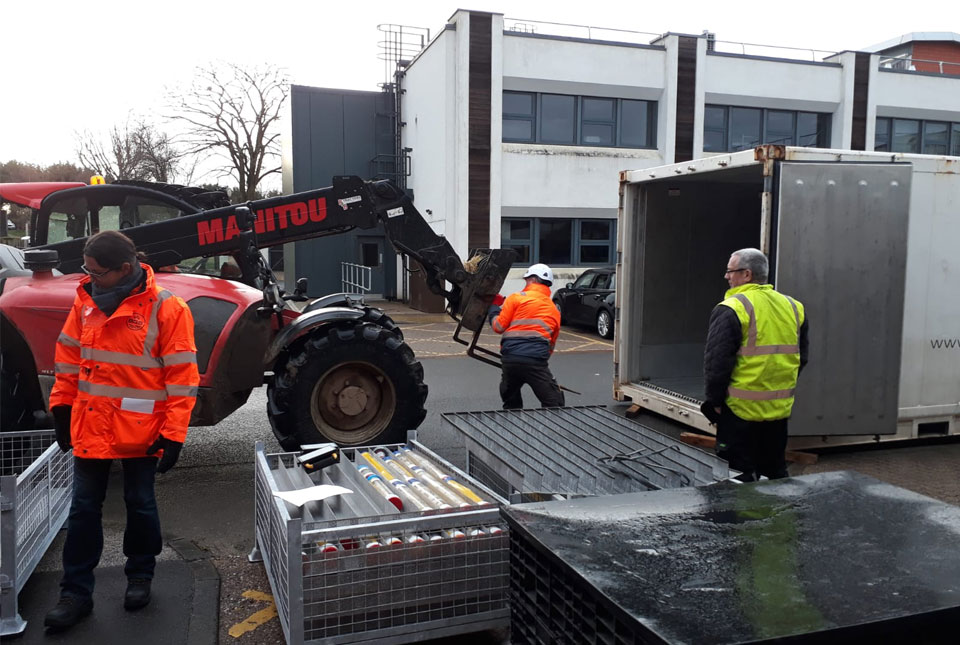
IODP core being delivered in large, refrigerated containers that are put into position using a telehandler, organised by the BGS Estates team. © Marisa Rydzy, ECORD/IODP.
The CSF staff and 21 volunteers worked 24/7, covering two shifts over the course of a two month-period. The team successfully delivered a unique dataset that will be used for years to come. Core was scanned at a resolution of 93 µm for high-priority core and 186 µm for the rest. The priority order was set out by the offshore science party and was based on core condition and scientific importance.
Seeing the core scanner run non-stop for 516 hours without any downtime is truly astonishing. This highlights the importance of regular maintenance activities and functionality and safety tests of the machinery we host at BGS.
Magret Damaschke, BGS Core Scanning Facility Manager.
CT produces large amounts of data (both raw and reconstructed), with terabytes of data being generated every couple of days. Data management was therefore at the forefront of core-scanning workflows. This helped the team to avoid overloading transfer and archiving of data drives, which could result in bottlenecks when handling such a large dataset.
This CT dataset provides the scientists with a three-dimensional X-ray image of the core. The resultant CT imagery was used by the IODP’s onshore science party in Bremen to gain detailed insight into the inner structure of the core collected during the Hawai’ian Drowned Reefs expedition. It provided the opportunity to make an informed decision where to split the core to preserve coral structures and growth patterns for future scientific analysis. In addition, CT scans can be used to generate downhole radiodensity profiles to identify potential lithological or facies changes. Specialised CT image segmentation tools allow coral species and populations to be characterised, as well as basalt porosity analysis to be performed.
The onshore science party found the CT data to be incredibly useful during sampling and commented that the images were far more informative and detailed than anticipated. Post-sampling, scientists have already discovered more coral species ‘hiding’ within the cores, which were not visible during core description.
Dr Hannah Grant, BGS Marine Geoscientist and expedition project manager.
Many thanks again for all your team’s hard work with the X389 samples. The CT scan data is already proving to be incredibly valuable. One of my colleagues just sent me an image of a particular coral genus that is not supposed to be in Hawai’i! It only revealed itself after examination of the CT scan data.
Jody Webster, co-chief scientist on IODP Expedition 389.
Relative topics
Related news
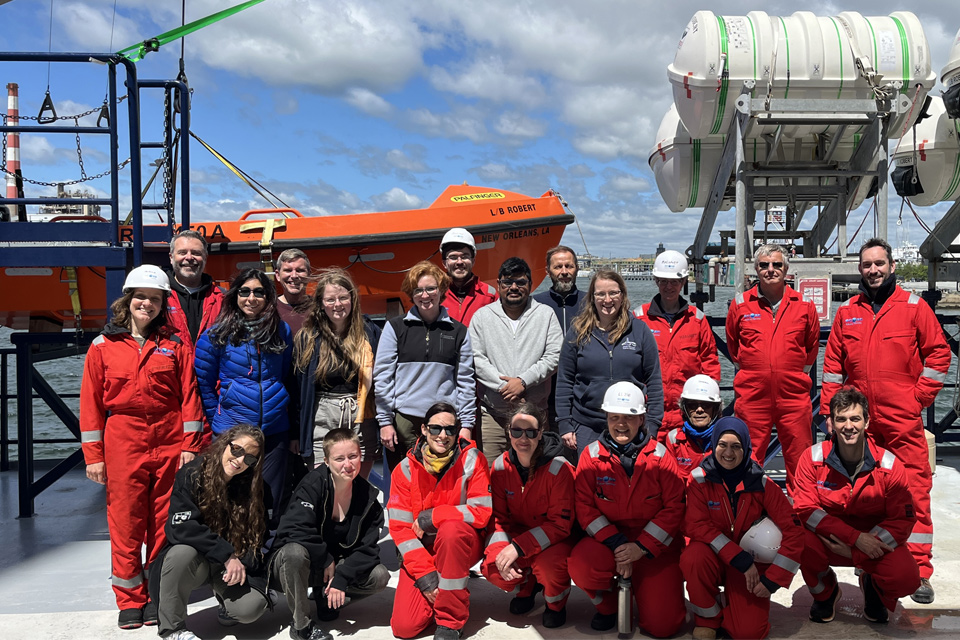
BGS scientists join international expedition off the coast of New England
20/05/2025
Latest IODP research project investigates freshened water under the ocean floor.
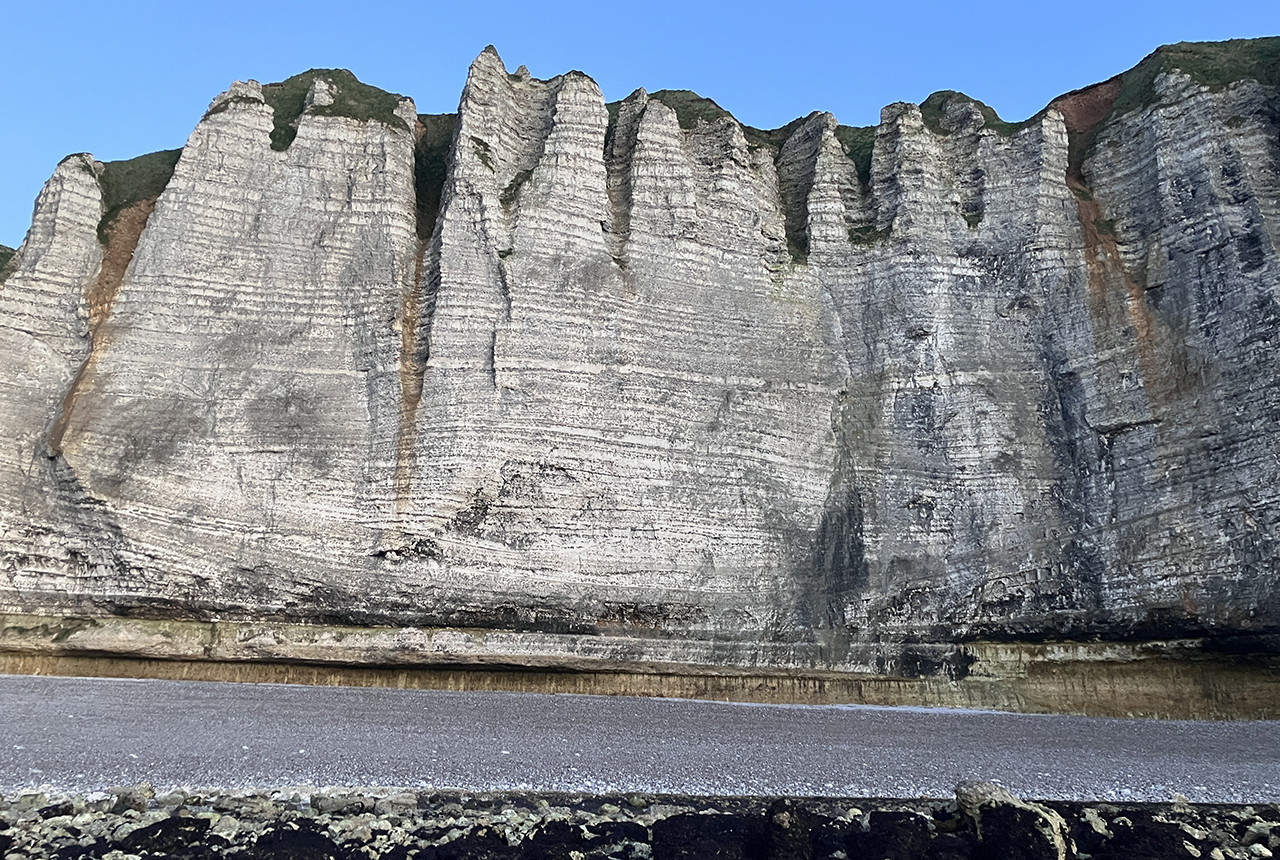
Geology sans frontières
24/04/2025
Geology doesn’t stop at international borders, so BGS is working with neighbouring geological surveys and research institutes to solve common problems with the geology they share.
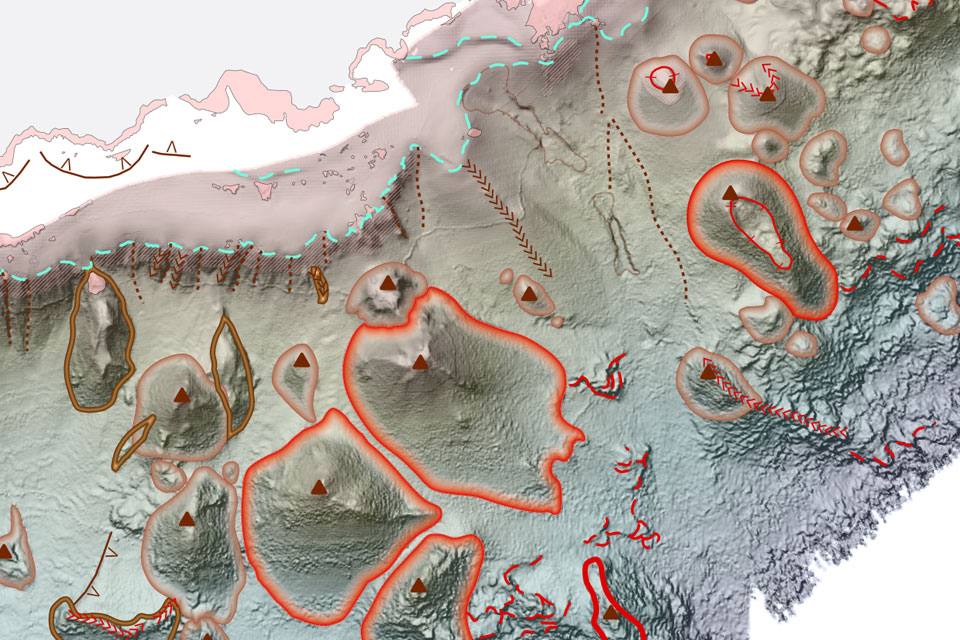
New seabed geology maps to enable long term conservation around Ascension Island
01/04/2025
BGS deliver the first marine geology and habitat maps for one of the world’s largest marine protected areas.
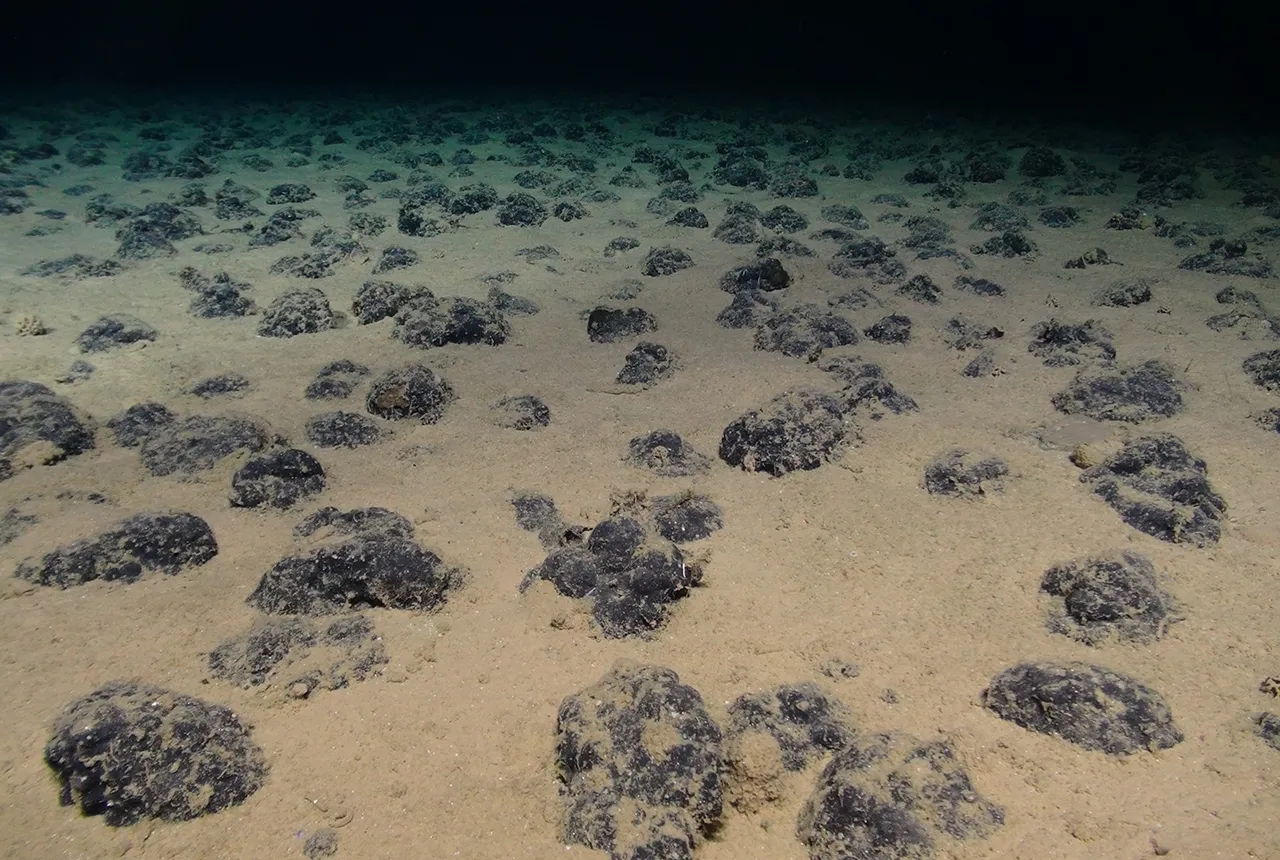
New study reveals long-term effects of deep-sea mining and first signs of biological recovery
27/03/2025
BGS geologists were involved in new study revealing the long-term effects of seabed mining tracks, 44 years after deep-sea trials in the Pacific Ocean.
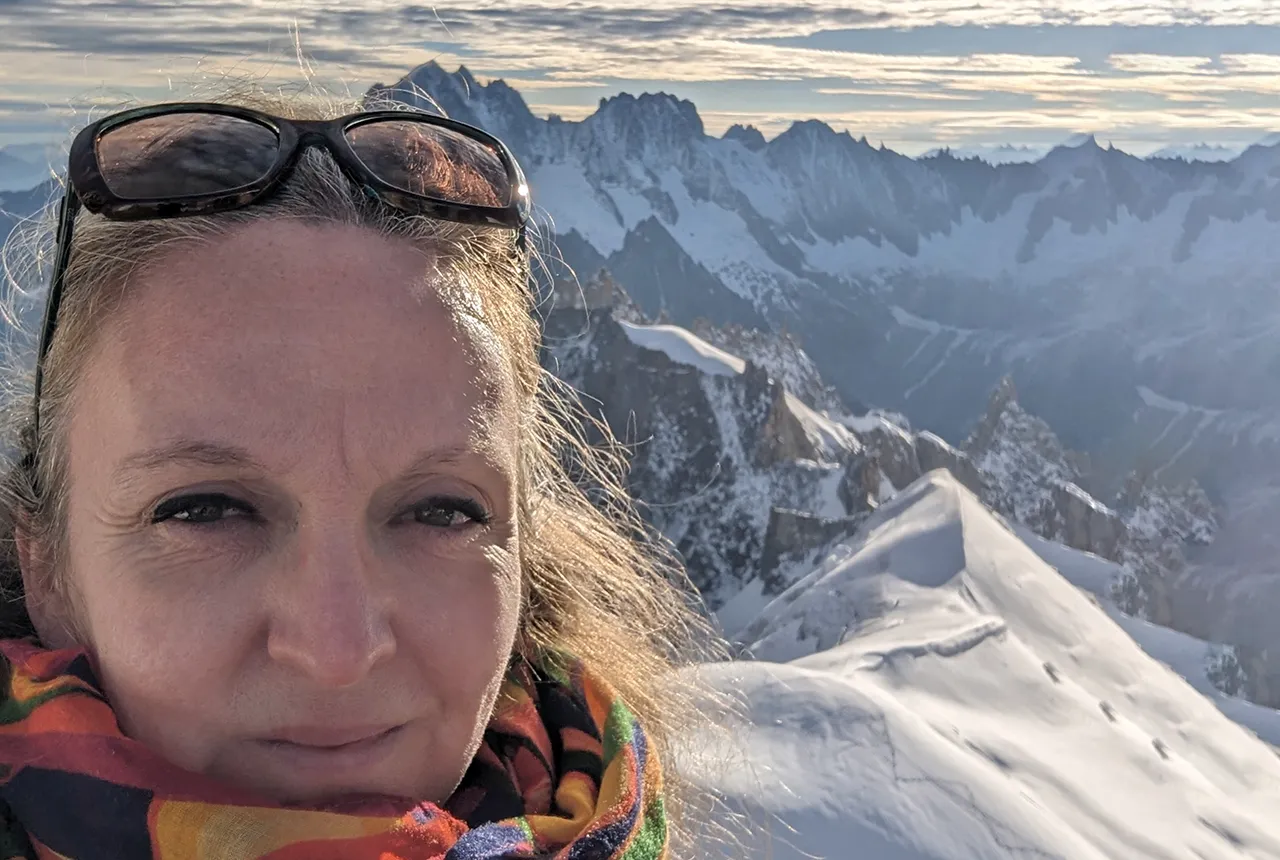
BGS announces new director of its international geoscience programme
17/03/2025
Experienced international development research leader joins the organisation.
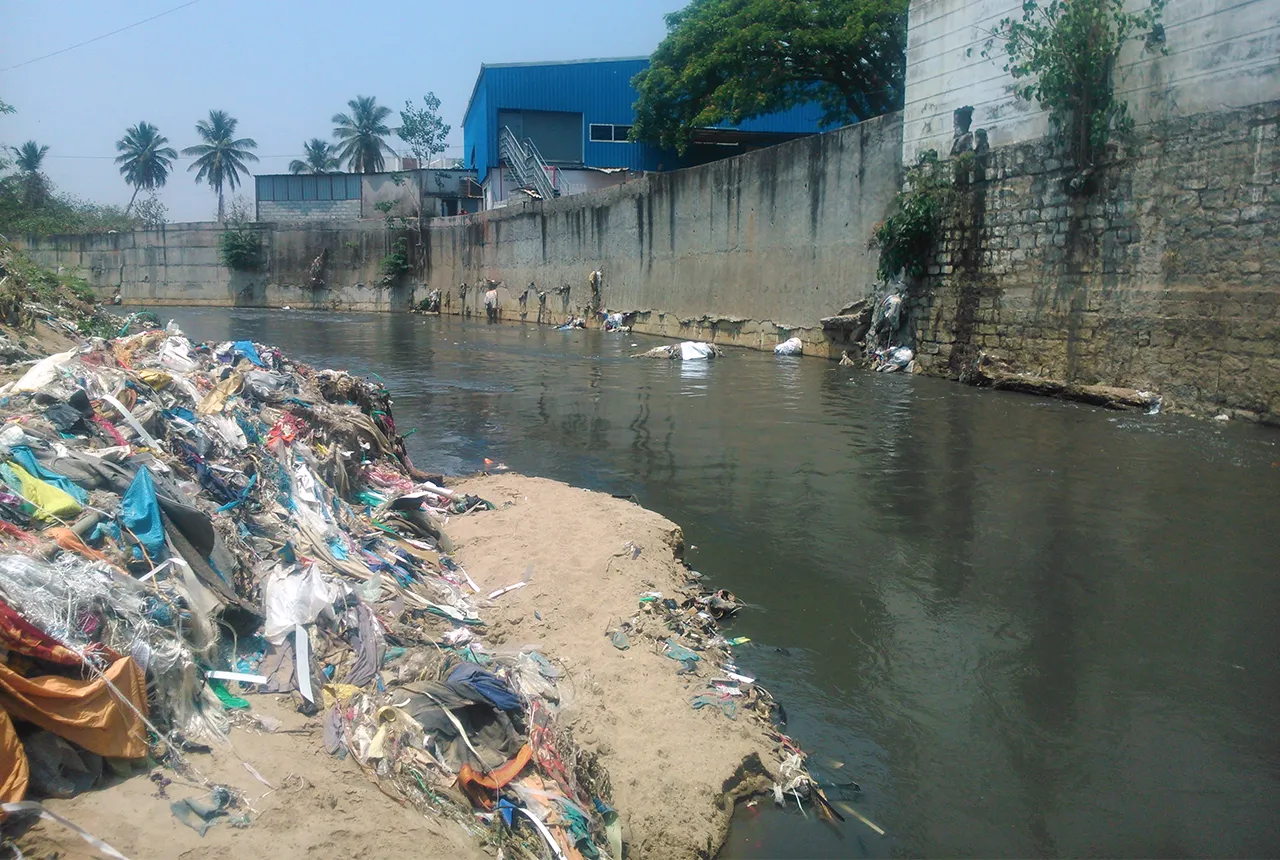
Presence of harmful chemicals found in water sources across southern Indian capital, study finds
10/03/2025
Research has revealed the urgent need for improved water quality in Bengaluru and other Indian cities.
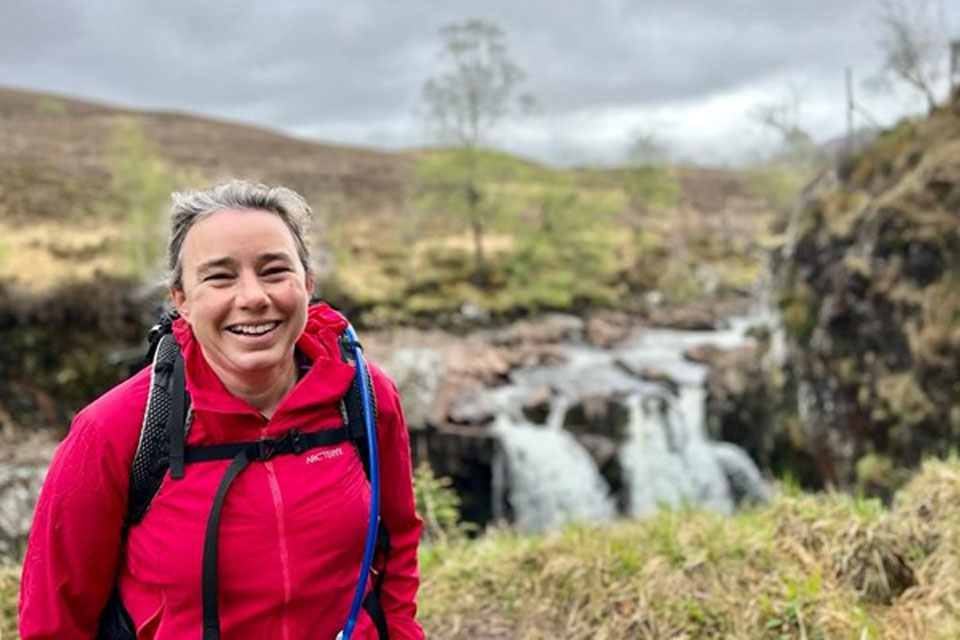
Dr Kathryn Goodenough honoured with prestigious award from The Geological Society
27/02/2025
Dr Kathryn Goodenough has been awarded the Coke Medal, which recognises those who have made a significant contribution to science.
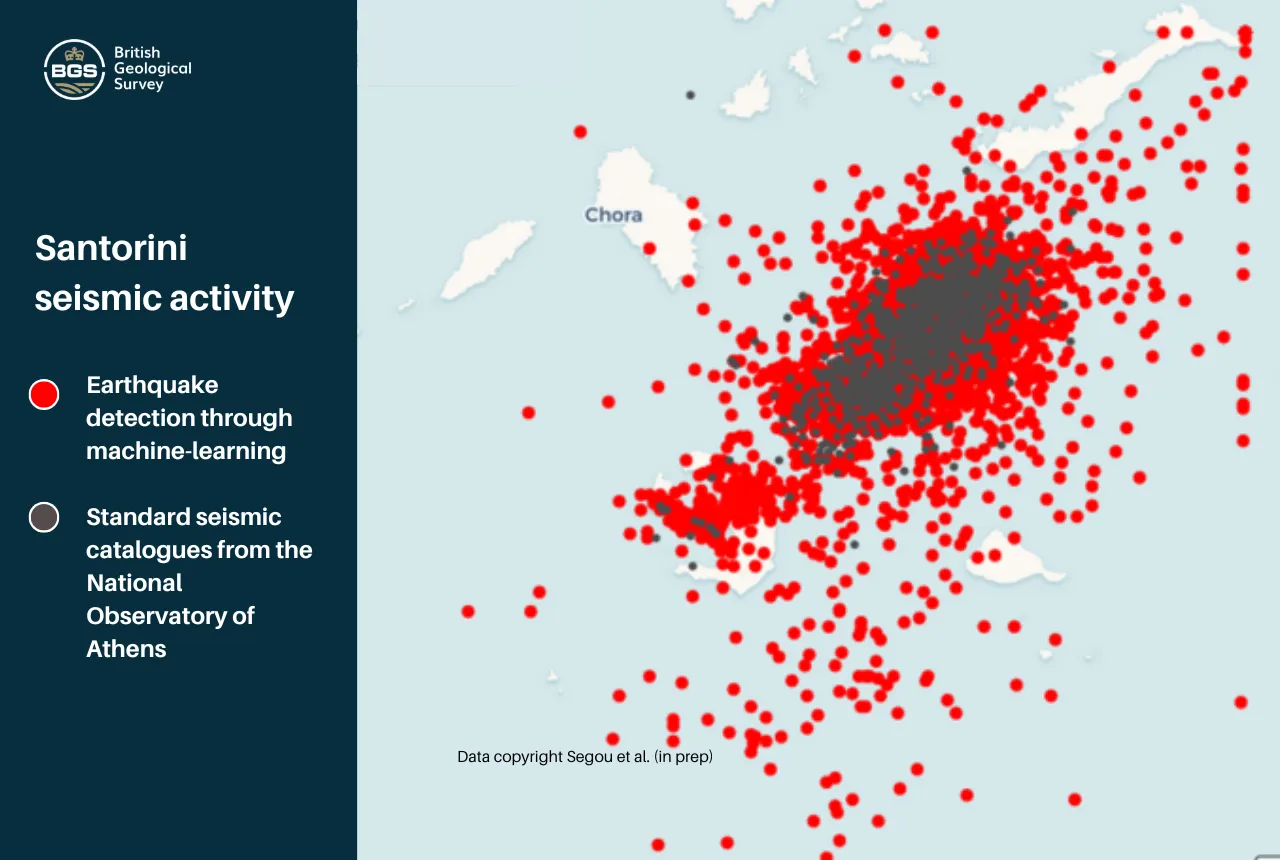
Artificial intelligence is proving a game changer in tracking the Santorini earthquake swarm
07/02/2025
Scientists are harnessing the power of machine learning to help residents and tourists by detecting thousands of seismic events.
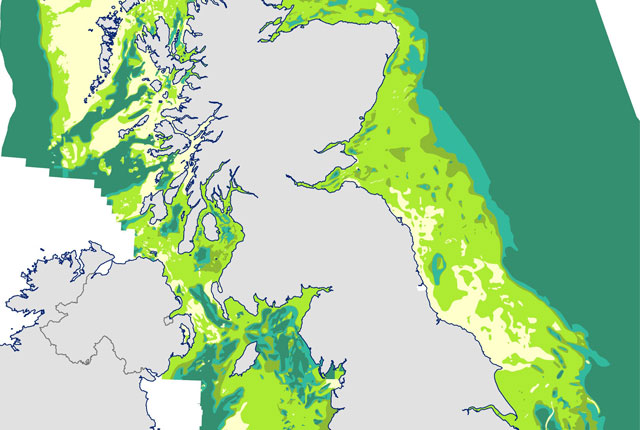
Seabed geology data: results from stakeholder consultation
31/01/2025
BGS collected valuable stakeholder feedback as part of a new Crown Estate-led initiative to improve understanding of national-scale seabed geology requirements.
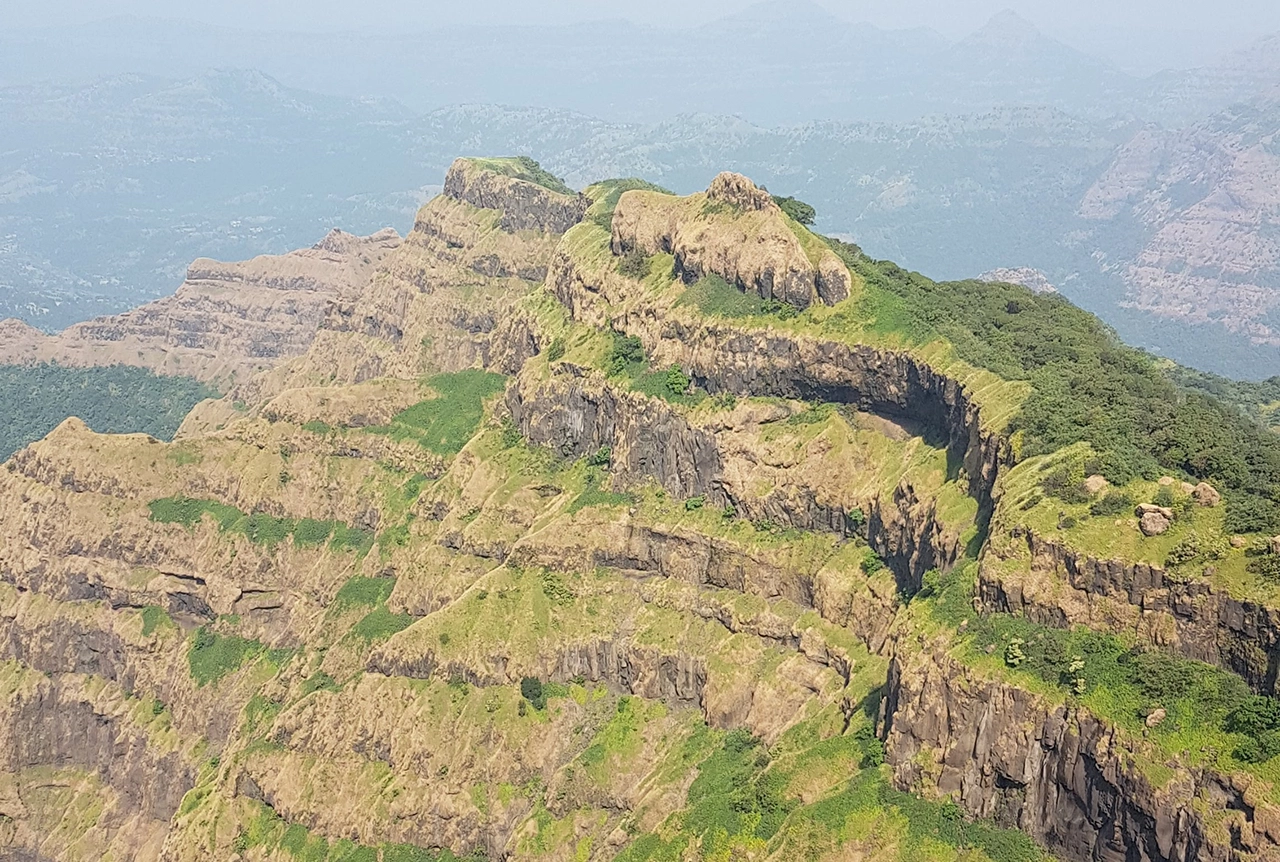
Could underground disposal of carbon dioxide help to reduce India’s emissions?
28/01/2025
BGS geologists have partnered with research institutes in India to explore the potential for carbon capture and storage, with an emphasis on storage.
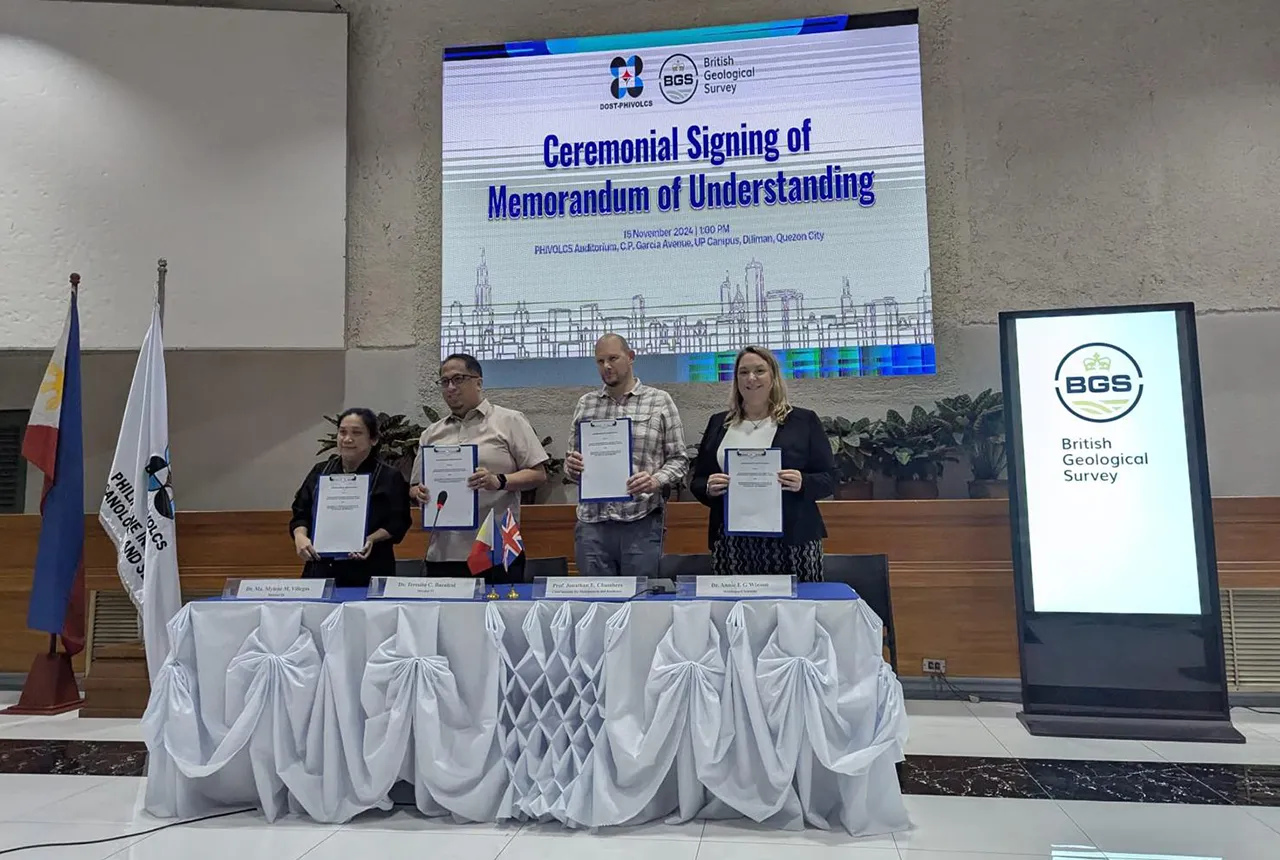
New Memorandum of Understanding paves the way for more collaborative research in the Philippines
21/01/2025
The partnership will focus on research on multi-hazard preparedness within the country.
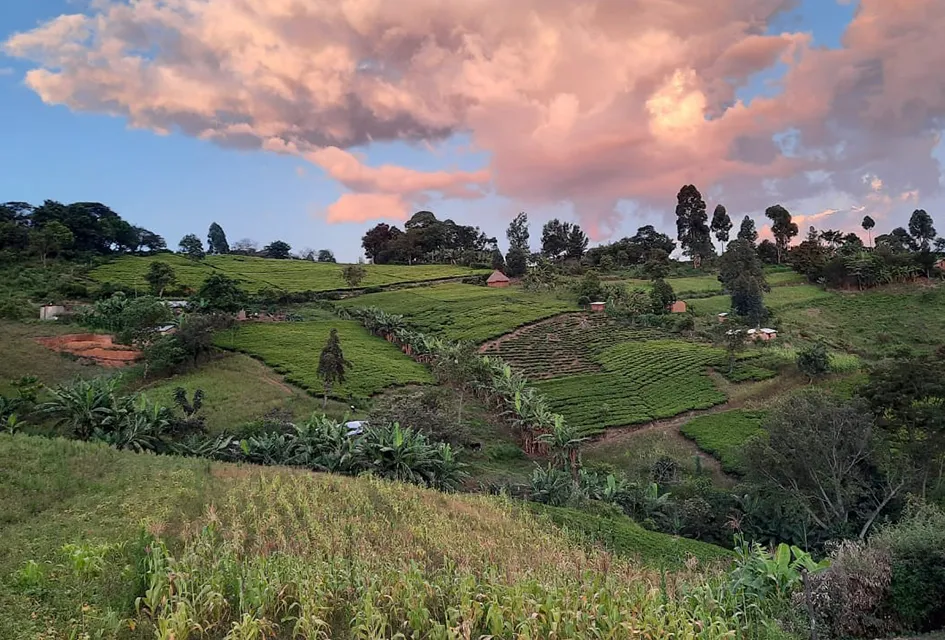
Dynamics of land-to-lake transfers in the Lake Victoria Basin
09/12/2024
In June 2024, a UK/Kenya research team shared research findings from a collaborative, four-year field and experimental programme within Kenya.




